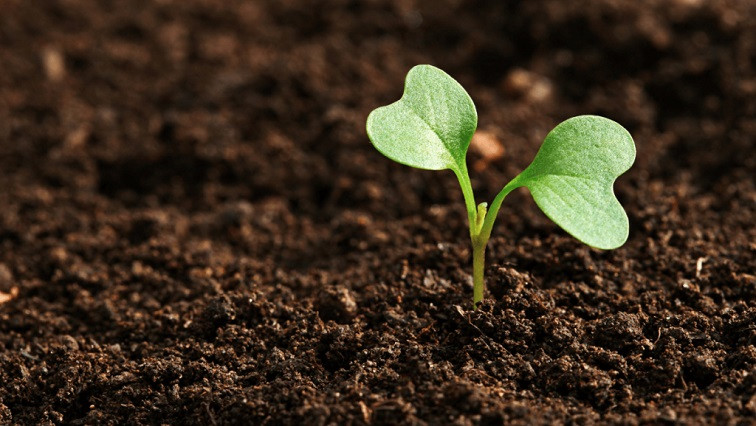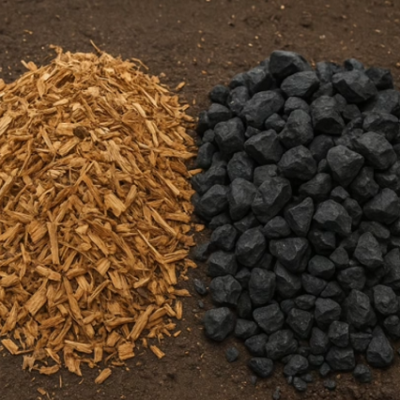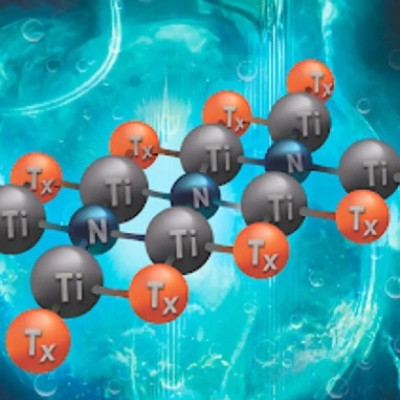Nanomaterials have been found to confer a number of beneficial properties to soil. Nanoclays can improve soil permeability, stability and plasticity, while nano-metal oxides and other materials can help by fertilising soils and enhancing the bioavailability of soil nutrients such as phosphorus. Previous work has suggested that nanomaterials are naturally present in soil due to weathering and mineral formation processes in the soil itself. This latest report suggests that aerosol microdroplets, which are naturally prevalent in the atmosphere, may play an important role in expediting these natural weathering processes.
Interest in microdroplet chemistry and its impact on a number of fields – though still controversial – has been attracting increasing interest over the past 10 years. ‘Aerosols are everywhere,’ says corresponding author Thalappil Pradeep at the Indian Institute of Technology Madras, India. ‘[I thought] there must be a connection between [aerosols and soil].’
As well as Pradeep’s own work a lot of the current interest in microdroplets was prompted by the work of Purdue University’s Graham Cooks, Stanford’s Richard Zare, Hong Gil Nam at South Korea’s Institute of Basic Science and their collaborators. They reported spontaneous reduction of gold ions and the formation of hydrogen peroxide evolution in water microdroplets in the late 2010s. Since then there have been reports of numerous intriguing chemical phenomena that take place in water droplets, suggesting explanations for various mysteries from the presence of hydrogen deposits where people dig for oil to the reactions that first initiated life itself.
Size matters
According to Zare, the unique chemistry found in water microdroplets is primarily brought about by two effects. One is the partial solvation of the hydrogen and hydroxide ions that all water at neutral pH contains. The other is the high electric field at the interface of the droplet and whatever medium it is in – in this case air. Crucially, these effects do not become significant unless the droplets are very small – microsized. ‘Normal water is, we consider, generally benign, a great solvent,’ he explains. ‘Water microdroplets – I’m telling you are highly reactive.’
In the new work, Pradeep and his collaborators ground up quartz into particles 5–10µm in size and suspended them in water. They then electrosprayed the suspension through a capillary and then measured the deposit collected. Characterising the deposited minerals using transmission electron microscopy, x-ray diffraction and Raman spectroscopy revealed particles of quartz with an average diameter of 16nm. The results were similar using both ruby and fused alumina.
Pradeep emphasises the importance of multimodal characterisation for this kind of study, particularly as the phenomena that occur in microdroplets are controversial. ‘You may do some transmission electron microscopy, but that is not enough,’ he tells Chemistry World.
Pradeep and his collaborators also used density functional theory to calculate the cleavage and stacking fault energies. They also suggest that the presence of protons and an electric field plays a role in enhancing the fragmentation of the minerals into nanoparticles, which their mass spectrometry measurements corroborate.
In the experiment the microdroplets are generated by an electrospray but droplets of this size occur wherever water condenses. ‘This is the same thing, which goes on to cause all types of weathering and other types of chemical reactions,’ says Zare. ‘Am I surprised? No, no. No, no, not at all.’
Pradeep would now like to investigate how the fragmentation takes place in real time but in the longer term he has his sights on the potential benefits for agriculture. ‘I want to convert sand into soil,’ he says. This will require a better understanding of both experiment and theory but the key challenge, as he sees it, is scale. ‘It is not milligrams right, it is now mega tonnes,’ he says. ‘Extreme scale-up is required.’
Read the original article on Chemistry World.







